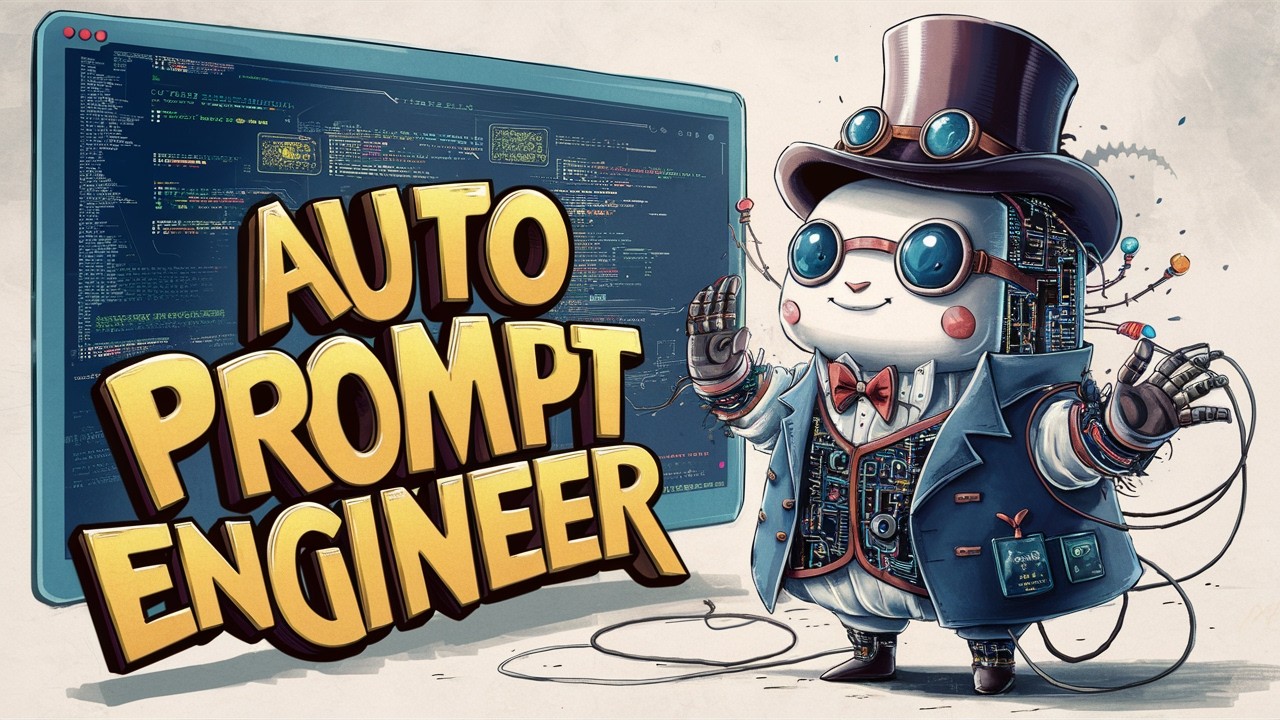The video showcases an “auto prompt engineer” that autonomously generates system prompts and iteratively tests itself against five challenging problems, successfully refining its approach after initial failures. The presenter explains the underlying code and encourages viewers to explore and contribute to the development of this tool for generating effective AI prompts.
In the video, the presenter introduces an “auto prompt engineer” that autonomously generates its own system prompts and tests itself against a series of challenging problems. The demonstration begins with the auto prompt engineer creating a system message and then attempting to solve five difficult logic and word problems. The engineer’s performance is tracked, and if it fails to solve a problem, it generates a new system message based on its previous attempts and tries again. The video showcases the engineer’s ability to pass all five tests successfully, highlighting its effectiveness in generating accurate responses.
The presenter explains the structure of the auto prompt engineer, detailing how it creates a system message that instructs itself to analyze queries carefully and provide precise answers. The system message emphasizes the importance of step-by-step reasoning and encourages the chatbot to clarify ambiguities in questions. The engineer is designed to produce responses that are easily parsable, with final answers enclosed in specific output tags for easy extraction. This self-referential design allows the engineer to improve its performance iteratively.
Throughout the demonstration, the auto prompt engineer successfully answers the first two problems but initially fails on the third. However, it quickly adapts by generating a new system message that incorporates feedback from its previous attempts. This iterative process continues until it successfully answers all five problems, showcasing its ability to learn and refine its approach. The successful prompts are then saved to a JSON file for future reference.
The presenter also discusses the underlying code that powers the auto prompt engineer, which is available for viewers on their Patreon page. The code utilizes a unified API to interact with various AI models, allowing for flexibility in the types of prompts generated. The video includes a brief overview of the functions and methods used in the code, emphasizing the importance of creating effective system messages that lead to accurate and well-reasoned responses.
In conclusion, the video highlights the potential of the auto prompt engineer as a tool for generating and refining AI prompts. The presenter encourages viewers to explore the code and consider improvements to the system, as well as to engage with additional resources available on their Patreon. The video serves as both a demonstration of the auto prompt engineer’s capabilities and an invitation for viewers to participate in its development and enhancement.
